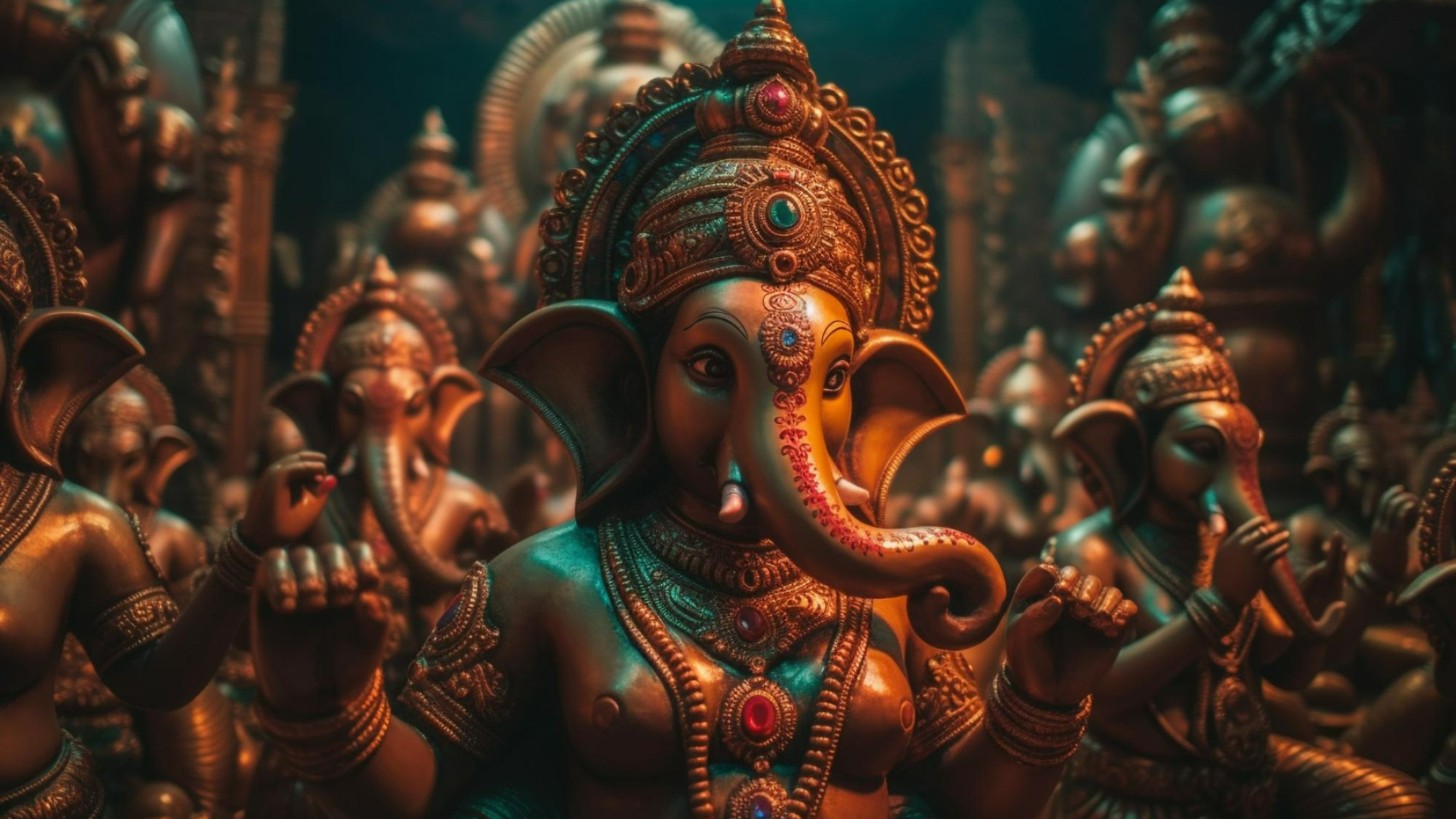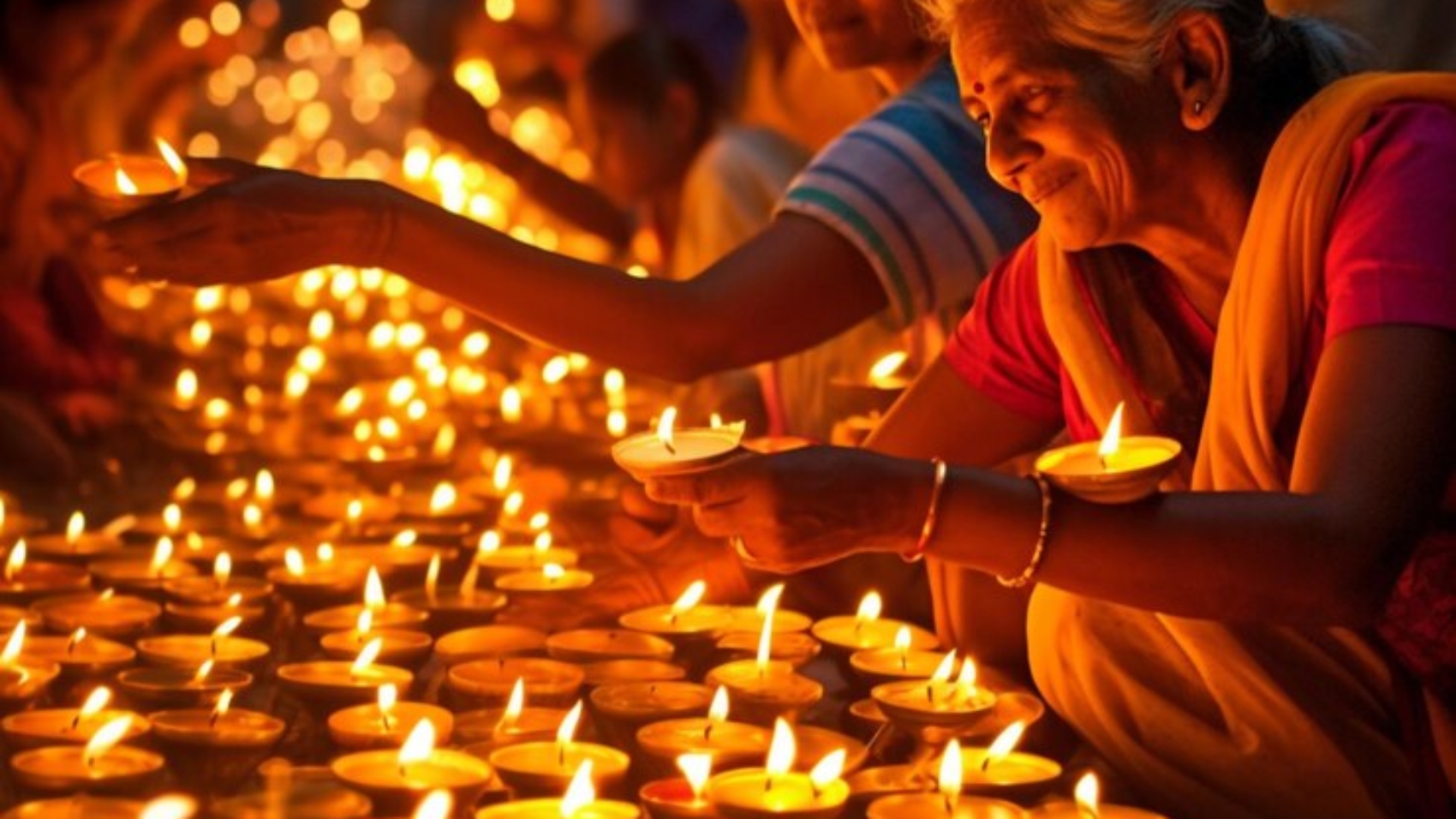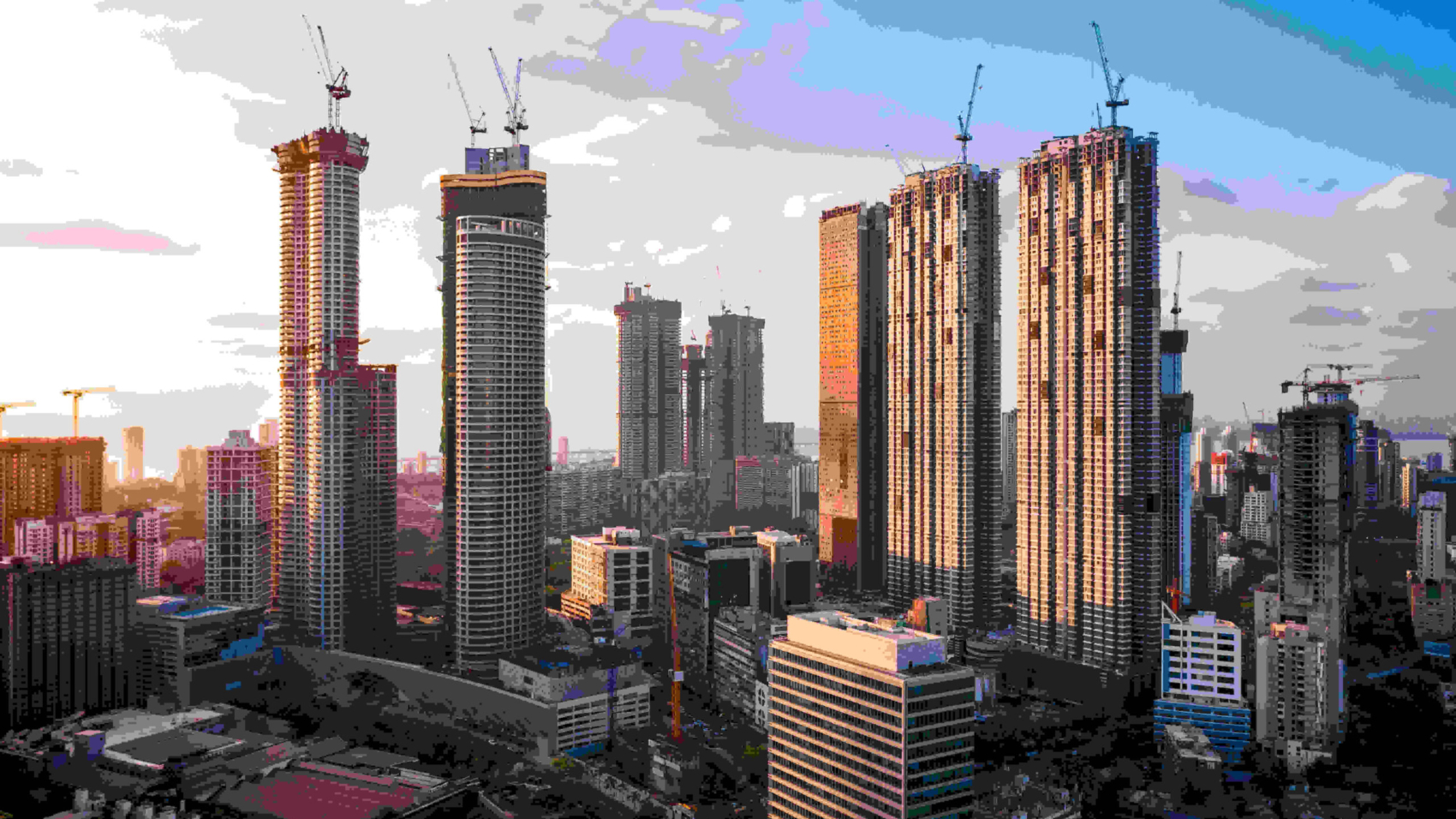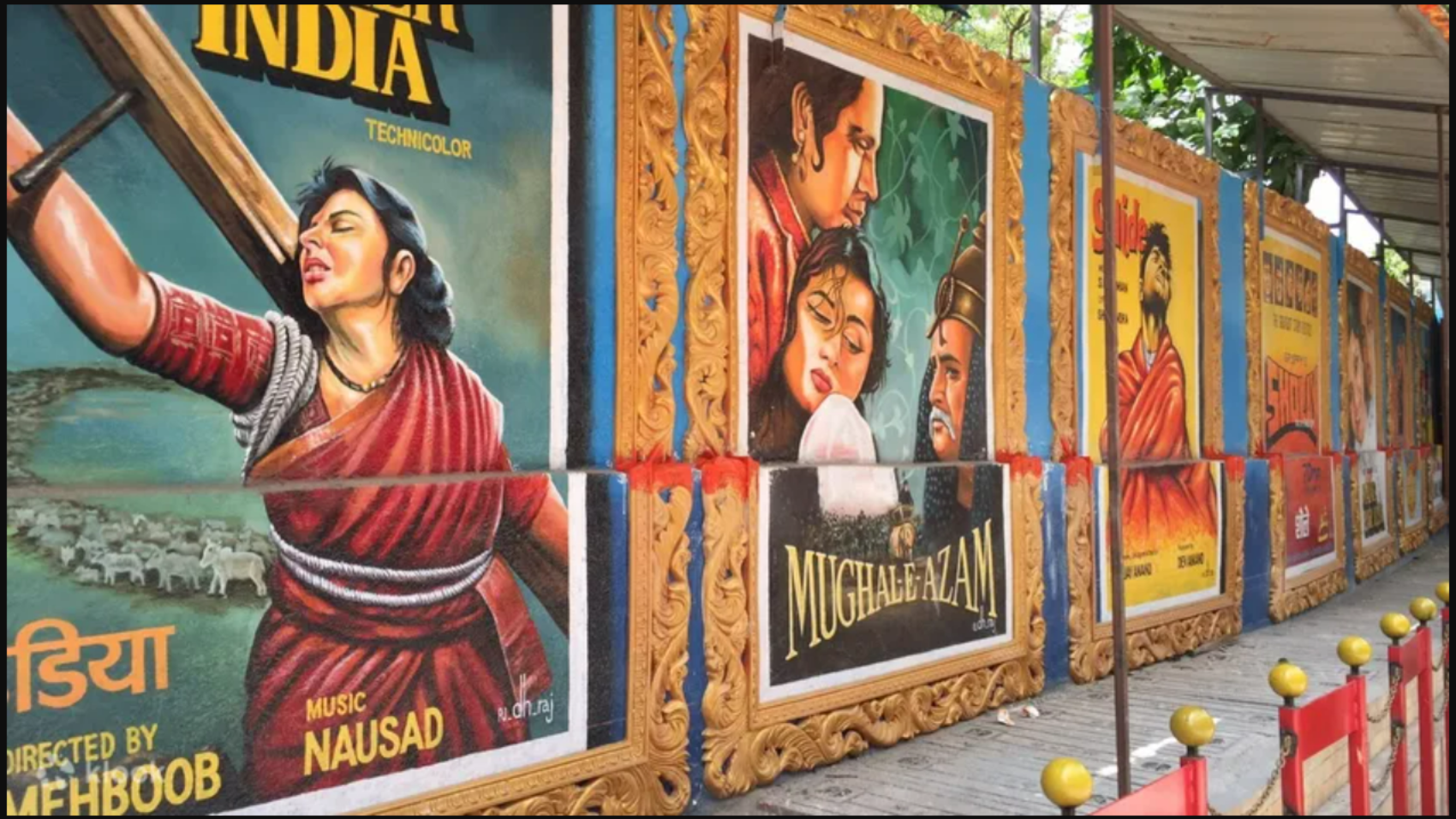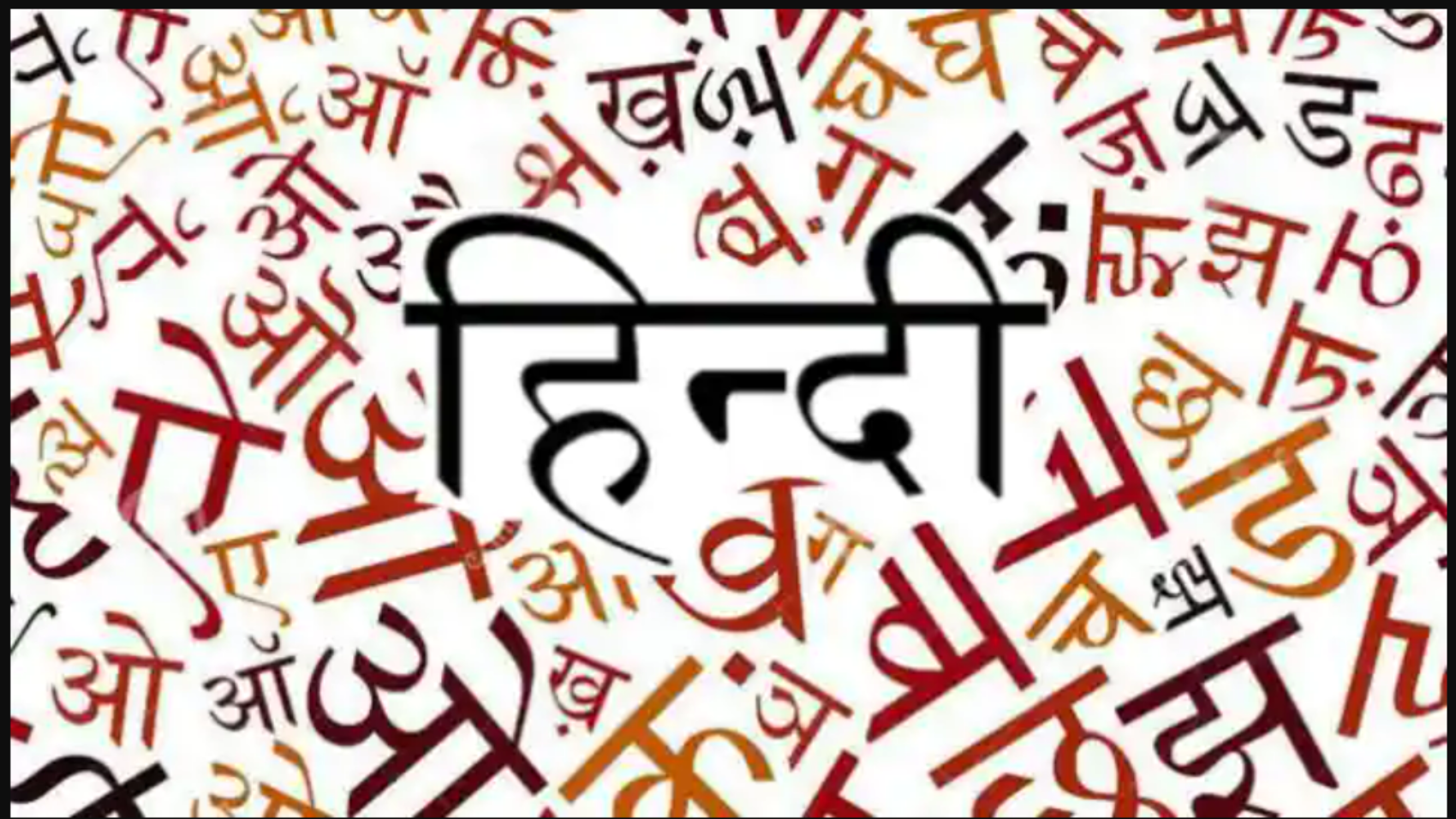Goddess Parvati started preparing for a bath. As she didn’t want to be disturbed during her bath and since Nandi was not at Kailash to keep guard of the door, Goddess Parvati took the turmeric paste (for bathing) from her body and made a form of a boy and breathed life into him. This boy was instructed by Goddess Parvati to guard the door and not let anyone in till she finished her bath.
Subsequently, when Shiva finally reached Kailash after spending a long time in Gajasura’s stomach, he found himself being stopped by this strange boy. Shiva tried to reason with the boy saying that he was Parvati’s husband but the boy did not listen and was determined to not let Shiva enter till his mother Goddess Parvati finished her bath. The boy’s behaviour surprised Shiva. Sensing that this was no ordinary boy, the usually peaceful Shiva decided he would have to fight the boy and in his divine fury severed the boy’s head with his Trishul thereby killing him instantly.
When Parvati learned of this, she was so enraged and insulted that she decided to destroy the entire Creation. At her call, she summoned all of her ferocious multi-armed forms, the Yoginis arose from her body and threatened to destroy all. Lord Brahma, being the Creator, naturally had his issues with this, and pleaded that she reconsider her drastic plan. She said she would, but only if two conditions were met: one, that the boy be brought back to life, and two, that he be forever worshipped before all the other gods.
Shiva, having cooled down by this time, agreed to Parvati’s conditions. He sent his Shiva-dutas out with orders to bring back the head of the first creature that is lying dead with its head facing North. The Shiva-dutas soon returned with the head of a strong and powerful elephant Gajasura which Lord Brahma placed onto the boy’s body. Breathing new life into him, he was declared as Gajanana and gave him the status of being foremost among the gods, and leader of all the ganas (classes of beings), Ganapati.
The Story of Lord Ganesha
Lord Ganesha is one of the most popular deities in Hinduism. He is known as the God of wisdom and the remover of obstacles. Many Hindus across the world pray to him before taking a test or when they need a bit of luck. Lord Ganesha is depicted with a golden complexion, a big belly, four arms and unlike the other Gods an elephant head. Lord Ganesha’s head is what makes him popular across the globe but it makes people wonder how the Hindu deity got his unique body.
Lord Ganesha was created by Goddess Parvati, the wife of Lord Shiva. Parvati is known as the goddess of marriage, fertility, and harmony. Parvati and Shiva lived on Mount Kailash-the perfect place for a divine couple to live as it was isolated from civilization and mysticism. The Gods lived a serene life up in the clouds of Mount Kailash.
One day, Parvati wanted to take a bath in peace in her palace in Mount Kailash. She wanted to be left with no distractions. If the goddess wanted to be left alone, she would keep her servant, Nandi, a guard at her door. However, Nandi was not in Kailash that day. This wasn’t a big deal for Parvati as she had divine powers and she could find another solution to her dilemma. Parvati decided to create her guard out of turmeric paste that was used for her bath. She made a clay-like mixture with turmeric and moulded a boy. After the boy was moulded, he was given life by Parvati. The boy had golden skin and was beautiful. His name was Ganesha. Parvati gave Ganesha an order to guard her bathroom doors and to not let anyone in until she was done with her bathing. Ganesha promised to live up to this order. He was obedient to Parvati as she was his mother.
While Parvati was bathing, Shiva decided to take a break from his meditation and head to his Kailash home. He was eager to see his wife but was met with a little golden boy. When Shiva tried to enter the bathing quarters, Ganesha stopped him. Shiva was furious. He didn’t know that this boy was his son. Shiva didn’t understand why this boy was prohibiting him from entering his palace. Frustrated by Ganesha’s stubbornness, Shiva decapitated Ganesha with his Trishul, leaving Parvati’s son dead.
Once Parvati was done bathing, she quickly found out that Lord Shiva decapitated Ganesha. Parvati was enraged that Shiva would do such a thing. Shiva was startled by the anger she had for him and the motherly love she had for Ganesha. Parvati threatened the whole world with her Yoginis. She was adamant on destroying the world. She was stopped by negotiation with Lord Brahma, the creator. He promised that Ganesha would be brought back to life and that he would be worshipped. Shiva sent out his Shiva-dutas to bring the head of the first living creature they see. His people returned with the head of a freshly decapitated elephant. Lord Brahma placed the head on the deceased body of Ganesha and he was brought back to life as a divine being.
